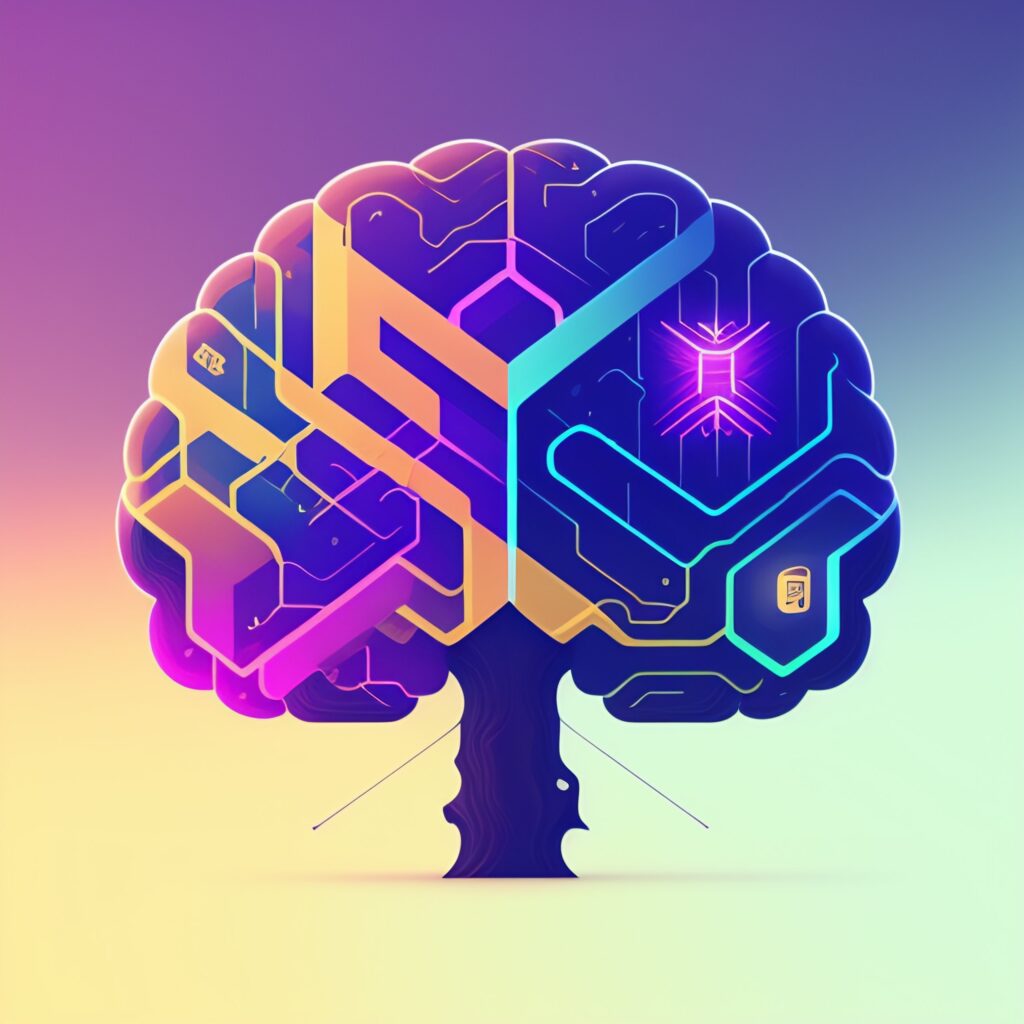Traditional business models have been around for decades and are characterized by a hierarchical organizational structure, linear processes, and a focus on tangible goods or services. Examples of traditional business models include brick and mortar retail stores, manufacturing companies, and traditional service providers.
However, with the rise of digital technologies, many businesses have been forced to adapt and transform their traditional business models to keep up with the changing market demands and customer expectations. New business models have emerged, which are characterized by a flatter organizational structure, more agile and flexible processes, and a focus on intangible goods or services. Examples of new business models include e-commerce platforms, software-as-a-service (SaaS) companies, and online marketplaces
For example, traditional brick and mortar retail stores have been disrupted by the rise of e-commerce platforms like Amazon, which have transformed the way people shop for goods. Amazon’s business model is based on a highly efficient supply chain and a focus on customer experience, which has allowed it to capture a significant share of the retail market.
Another example is the transformation of the taxi industry with the rise of ride-sharing companies like Uber and Lyft. These companies have disrupted the traditional taxi business model by leveraging technology to connect drivers and riders, bypassing the need for a central dispatch system and reducing the costs associated with traditional taxi services.
In conclusion, digital transformation has had a profound impact on traditional business models and has paved the way for new, more agile and customer-centric business models to emerge. Companies that embrace digital transformation and adapt to these new business models are better positioned to succeed in the digital age.

